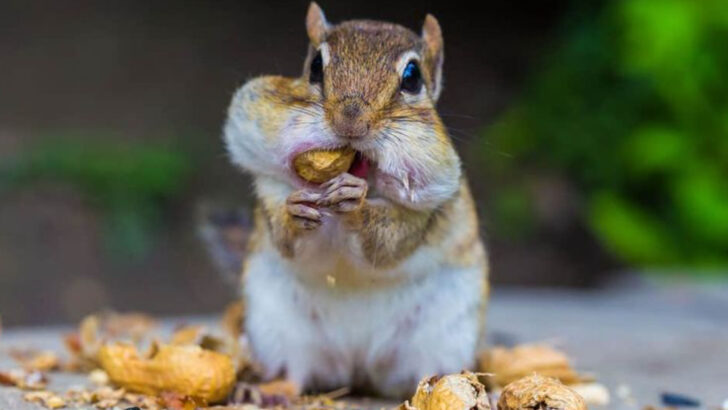Their teeth never stop growing—and that’s just the beginning. Chipmunks may look like nature’s snack-sized comedians, but inside those cheeks is a serious survival tool: razor-sharp, ever-growing teeth that demand constant use. Forget cartoons—real chipmunk teeth are tools of precision, persistence, and power. These little creatures spend their days chewing not just for fun, but for life. Every nut, twig, and buried seed helps keep their teeth filed down to the perfect length. If they stop gnawing? Their teeth could grow too long to eat—and that’s a fast track to trouble in the wild. So while we laugh at their puffed-up faces and speedy dashes, the real story sits right behind those twitchy noses. Chipmunk teeth aren’t just interesting—they’re essential. And once you learn how much these tiny mouths are responsible for, you’ll never see one the same way again.
Nature’s Perfect Nutcracker
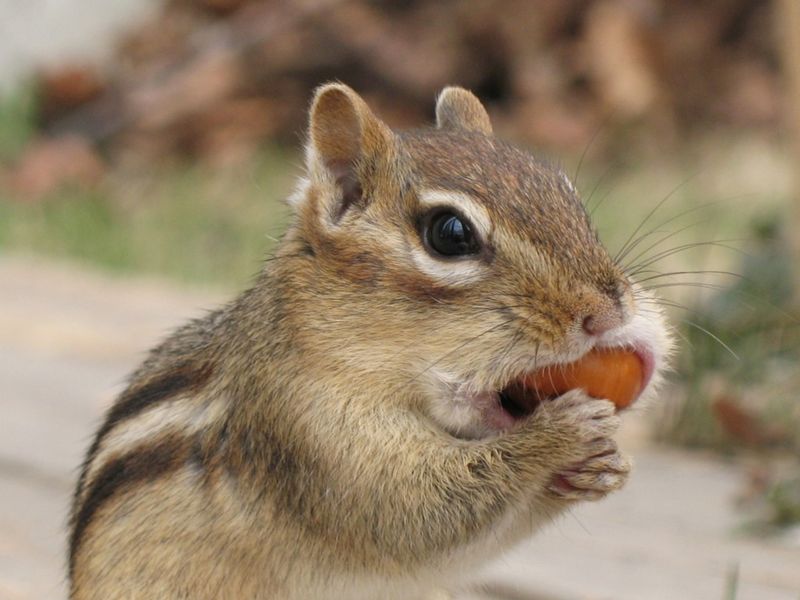
Chipmunks have incisors that are incredibly efficient at cracking open nuts. These teeth are not only sharp but also grow continuously, ensuring they’re always ready for action.
Imagine a chipmunk sitting on a sunlit forest floor, using its teeth to break open a tough walnut shell. This ability showcases their crucial role in forest ecology by aiding seed dispersal.
Despite their small size, chipmunks are like nature’s gardeners, planting forests with every nut they bury. Their teeth, therefore, support both their survival and the regeneration of the woodland.
Constantly Growing Marvels
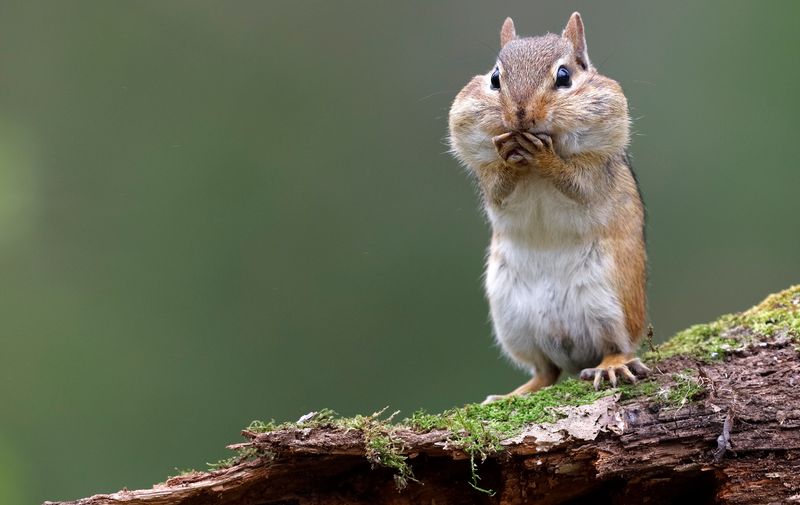
Unlike humans, chipmunk teeth never stop growing. This continuous growth is necessary to counteract the constant wear from gnawing. Without this adaptation, their teeth would wear down to unusability.
Chipmunks regularly chew on wood and other hard materials to keep their teeth at the optimal length. This habit prevents overgrowth that could hinder their ability to feed.
This dental characteristic exemplifies nature’s ingenuity, ensuring chipmunks can always access the nutrition they require by maintaining their dental toolkit.
Enamel Warriors Unmatched
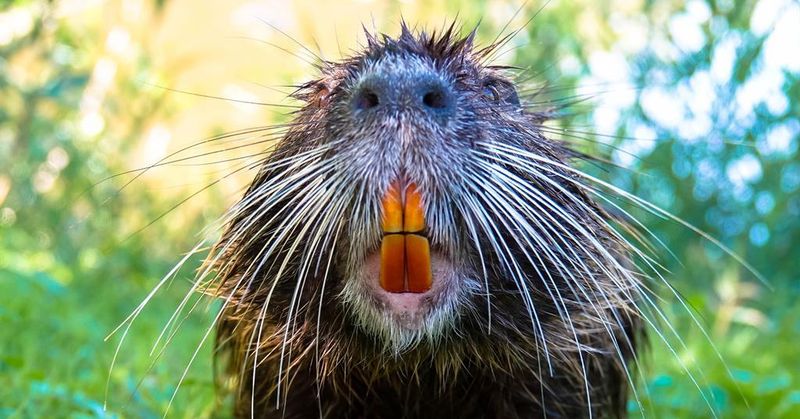
The enamel on chipmunk teeth is remarkably durable, even stronger than that of humans. This strength allows them to chew through tough plant material and hard nuts effortlessly.
Their teeth are reinforced with iron, giving them an orange hue and added resilience. This adaptation is essential for their survival in the wild.
Chipmunk enamel serves as a tiny but mighty warrior, maintaining dental integrity in various challenging environments, from dense forests to rocky terrains.
Symbiotic Forest Allies
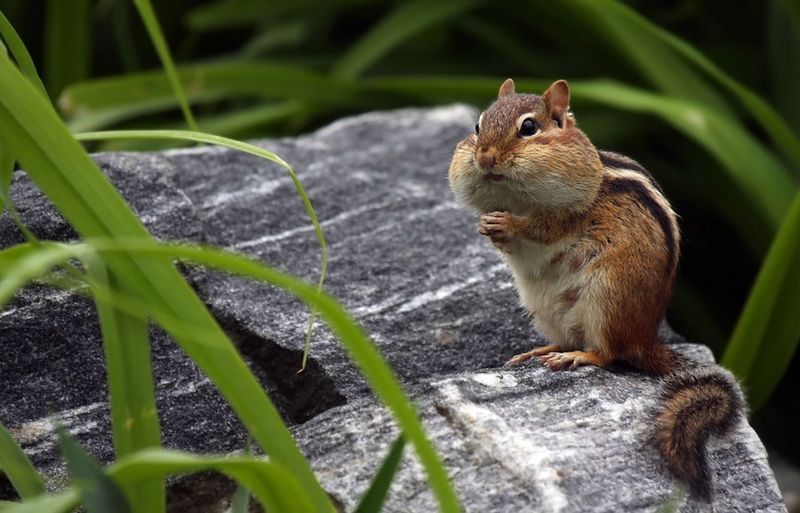
Chipmunk teeth contribute to a symbiotic relationship with their environment. As they gnaw on seeds and nuts, they inadvertently plant trees, fostering forest growth.
Each seed they disperse has the potential to sprout into a new tree, making chipmunks essential forest allies. Their dental activities promote biodiversity, supporting a variety of flora and fauna.
This relationship highlights the interconnectedness of forest ecosystems, where even the tiniest creatures play a monumental role.
Tools for Social Interaction
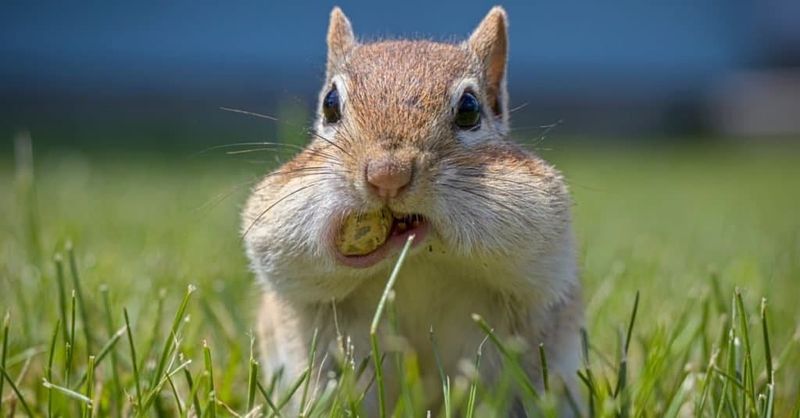
Chipmunk teeth are tools not just for feeding, but also for socializing. They engage in gentle nibbles during grooming and play, strengthening bonds within their community.
These interactions are vital for maintaining social harmony and cooperation, which are crucial for survival. Chipmunks rely on these bonds to share resources and alert each other of predators.
Their teeth, therefore, play an unexpected role in their social structures, promoting a close-knit community life in the wilderness.
Adapting to Seasons
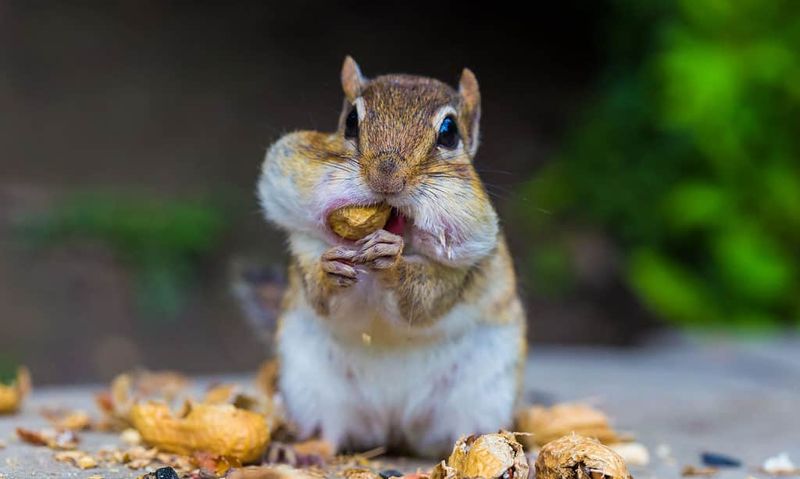
Chipmunks use their teeth to adapt to changing seasons, particularly in winter when food is scarce. They use their incisors to dig through snow to access hidden food caches.
This ability allows them to survive harsh winters by ensuring a steady food supply. Chipmunks are adept at remembering the locations of their hidden stashes.
Their teeth are not just for eating; they are tools for adaptation, demonstrating the chipmunk’s resilience in the face of seasonal challenges.
Miniature Ecosystem Architects
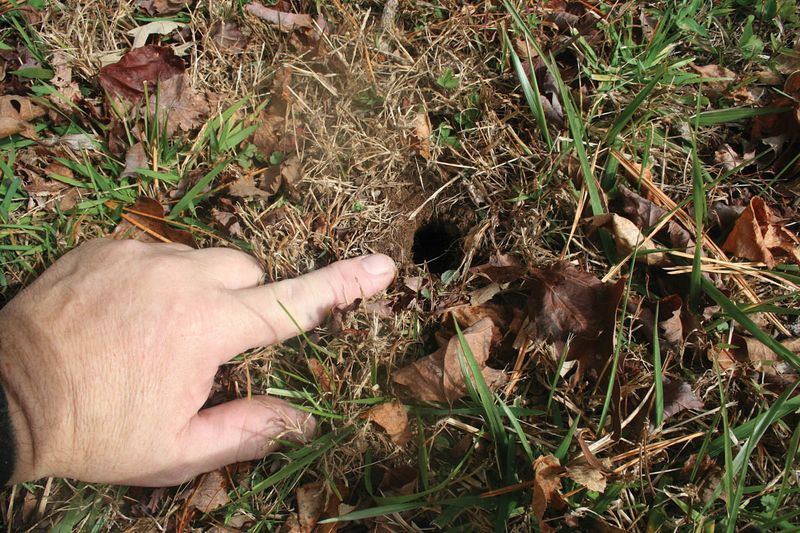
Chipmunk teeth are essential for burrow building, which provides shelter and stores for food. They use their incisors to dig and move soil, constructing complex underground homes.
These burrows play a crucial role in the ecosystem by providing habitats for other small creatures. The presence of chipmunk burrows can impact the soil and plant life above.
In this way, chipmunks contribute to the architecture of their ecosystems, with their teeth as indispensable tools for their engineering feats.

